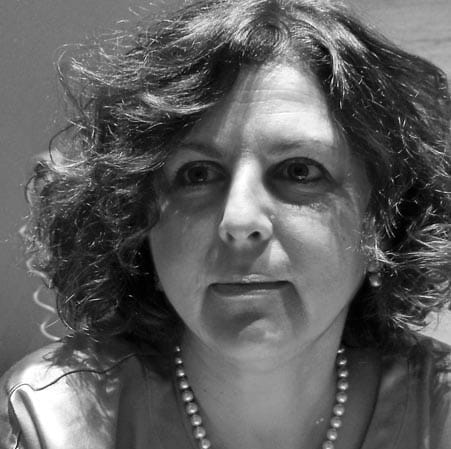
The word sìmbolo, from Latin symbŏlus and symbŏlum and Greek σύμβολον, means "to juxtapose," "sign of recognition." In the ancient language of the Greeks, the word symbol is derived from the verb συμβάλλω "to put together, to match," which is composed of σύν "together" and βάλλω "to throw." It was customary among those ancient peoples to use a "symbol," a means of recognition, of control consisting of each of the two parts obtained by irregularly breaking an object (e.g., a piece of wood) in two; the symbols obtained were preserved by descendants of different families who kept them, over time, as a sign of mutual friendship. Today the word symbol represents any element (sign, gesture, object, animal, person) capable of evoking in the mind an idea other than that of its immediate sensible aspect. It is capable of evoking through any of the aspects that characterize the element itself and is therefore used to allude, in particular, to abstract entities that are difficult to express.
The "Women's Ceramics Project" materializes, recognizes, in essence "evokes" itself through the symbol it has adopted: the mater, a universal expression of woman, an image in which the essential aspects of human life such as fertility and procreation are embodied. Mater is the symbol of the primordial female deity, representing the earth itself and its infinite capacity to produce sustenance for humans. And earth is also the clay that the project artists work with, shape, and transform into works of art.
In the symbol of the "International Ceramics Festival," the stereotypical image of the mater evolves, takes on an identity of its own, and becomes the female figure seated on a throne, like the Matres Matutae statues, now preserved in the halls of the Museo Campano in Capua: they are an expression of the cult for the divine or deified mother, a cult strongly rooted in the sphere of the pre-Roman Italic populations.
In the territory of ancient Capua, a fortuitous excavation conducted in 1845 around a tufa podium on a property owned by the Patturelli-Pellegrini family unearthed, among other things, a complex of more than one hundred tufa sculptures representing mothers with children and a few minor subjects such as offerers, parturients, and standing or seated figures, the Matres Matutae. The iconography of these mothers was so far from the canons of classical beauty that early scholars called them "...crude and monstrous so that they look like toads." Carved in the gray tufa of Mount Tifata, they were probably placed along the walls of a shrine pertaining to an extensive necropolis area excavated later, in 1995. The sculptures consistently propose the same subject: a woman, dressed in Greek fashion with chiton and cloak and adorned with bracelets and earrings in Hellenistic fashion, occupies a chair, often configured as a throne, with carved legs and arms and a high back, and holds on her lap one or more children (up to 12), often wrapped in swaddling clothes. The woman sometimes clutches the child to her naked breast in the act of giving it milk. The sculptures often retain traces of the original plastering that must have completed them in ancient times, on which in all likelihood additional ornamental elements and details of hairstyle and clothing must have been painted. Chronologically, the unearthed statues are not coeval, but they can be dated along a time span between the late 5th and late 2nd centuries BCE.
At the end of the nineteenth century, the German philologist and Greekist Wilamowitz wrote of them, "the women of Capua consecrated to the goddess, either as a gift of supplication or as a gift of thanksgiving, their images having in their arms the children they wished to be taken under the goddess's protection, they also sometimes consecrated the image of the goddess, and thus a vast forest of statues was forming around the shrine..."
The statues have been recognized, since their discovery, as the representation of a woman bidder who gives her image to the goddess accompanied by her already delivered children to propitiate divine favor and obtain her own health and that of her offspring; the goddess worshipped in the sacred area is identified, albeit with much uncertainty, with the indigenous deity Matuta. The arcane beauty that shines through the rough, irregular surfaces of these statues symbolizes life itself, the eternal cycle of existence unraveling between life and death. The matres represent, with infants in their arms, life that is renewed as opposed to the fixity of the gaze and static body that recalls death. The woman depicted becomes the link between the human and the divine: she is the one who divinely gives life but she is also the one who ineluctably, at the end of the life cycle, cannot give herself another chance. And the Matres Matutae, taken as the symbol of the Festival, tell precisely the intentions of those who conceived and implemented the project: women who work with and for other women engaged in artistic-craft activities in the field of ceramics. Matres are the artists, international in scope, who through clay continuously renew the gift of life by giving the eternal breath to their works. Matres is the clay that allows itself to be shaped, molded, molded until it fulfills the desire to rise upward, toward the divine that belongs to all humanity and all time.